
GUEST BLOGGER SNEED B. COLLARD III
Migrating birds need complexity
Spring is a time to welcome back migrating birds from their southern wintering grounds. Unfortunately, fewer and fewer birds return to North America each spring. Why? Many factors, including intensive predation by outdoor cats, loss of insects from widespread pesticide use, and perhaps most critically, loss of the birds’ northern and southern forest habitats.
My picture book, Waiting for a Warbler, tells parallel stories of a Cerulean Warbler’s epic journey north from South America across the Gulf of Mexico and a human family that is waiting for spring birds to return. The family has been trying to improve its backyard habitat to provide the resources that warblers and other songbirds need to stay safe and raise their families.
So what kind of habitat exactly do migrating songbirds need? Complexity seems to be the key. Simple habitats such as wheat fields or crops of identical trees don’t provide the food, shelter, and other resources that many birds need. The more complex a place gets, the more bird species will use it.
The connection between birds and coffee
If you’re a coffee-drinker, you have probably heard of “shade-grown coffee” and how it benefits birds. That’s because by leaving—or adding—taller trees in coffee plantations, farmers are creating a healthier, more complex habitat. Scientists don’t understand all of the factors involved, but different birds tend to forage at different heights in a forest. By adding taller trees, you are providing places that are preferred by some species. Adding more kinds of trees also helps, perhaps by attracting more, or different, kinds of insects. Complex habitats also provide better hiding places from predators.

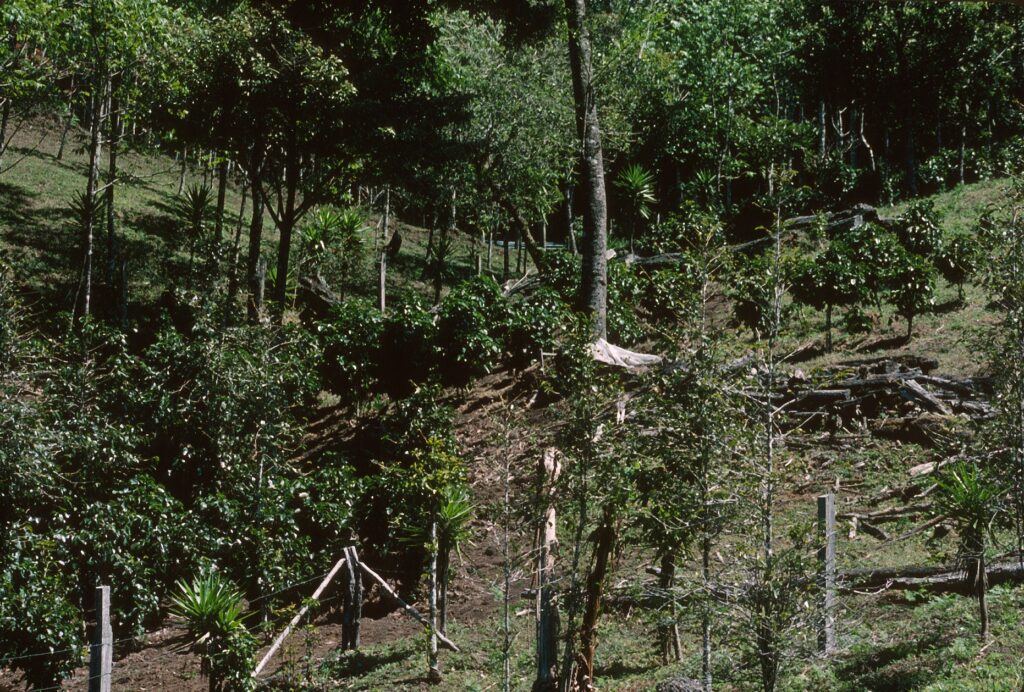
The economics of conservation
In most coffee farms, all the trees are removed so that coffee plants are grown in full sun. This is easier for large-scale farmers to manage and can lead to higher production—and cheaper beans. Coffee plants, however, also grow quite well in the shade of a mixed forest. Shade-grown coffee is higher quality. The other trees in the coffee plantation also provide extra nutrients to the farmer’s soils by dropping leaves and fixing nitrogen from the air and putting it back into the soil. Most important, shade-grown coffee plantations provide important habitat for birds, especially when most of the native rainforest has been removed. The downside? Farmers don’t produce as much coffee on shade-grown farms, so they have to charge higher prices for their product.
Exercises
The following three exercises address these themes:
- Conservation
- Habitats & Ecosystems
- Biodiversity
- Populations
- Critical Thinking
- Persuasive Argument
- Writing
- Economics
Exercise 1: Exploring the bird-coffee connection
Compare the cost of shade-grown coffee with other coffee, either online or by visiting stores. Students could also read articles on the American Bird Conservancy website. Ask each student to decide if the extra cost of shade-grown coffee is worth it, and either write a short argument paper, deliver a speech to the class, or create an informational board or diorama. Have students work in teams.
Some questions to consider:
- After doing their research, would students urge their parents to spend more for shade-grown coffee? Why or why not?
- It’s possible that by producing less coffee per acre, shade-grown coffee plantations could actually lead to the destruction of more native rainforest because more area will have to be cleared to produce the same amount of coffee. Can students think of any solutions for this?
- Is there anything their households could do to offset the additional cost? For instance, many people make more coffee than they actually drink. Could they just make a little less—and end up paying the same amount for better, shade-grown coffee?
- Do the lessons from shade-grown coffee apply to farms and farmers in North America?
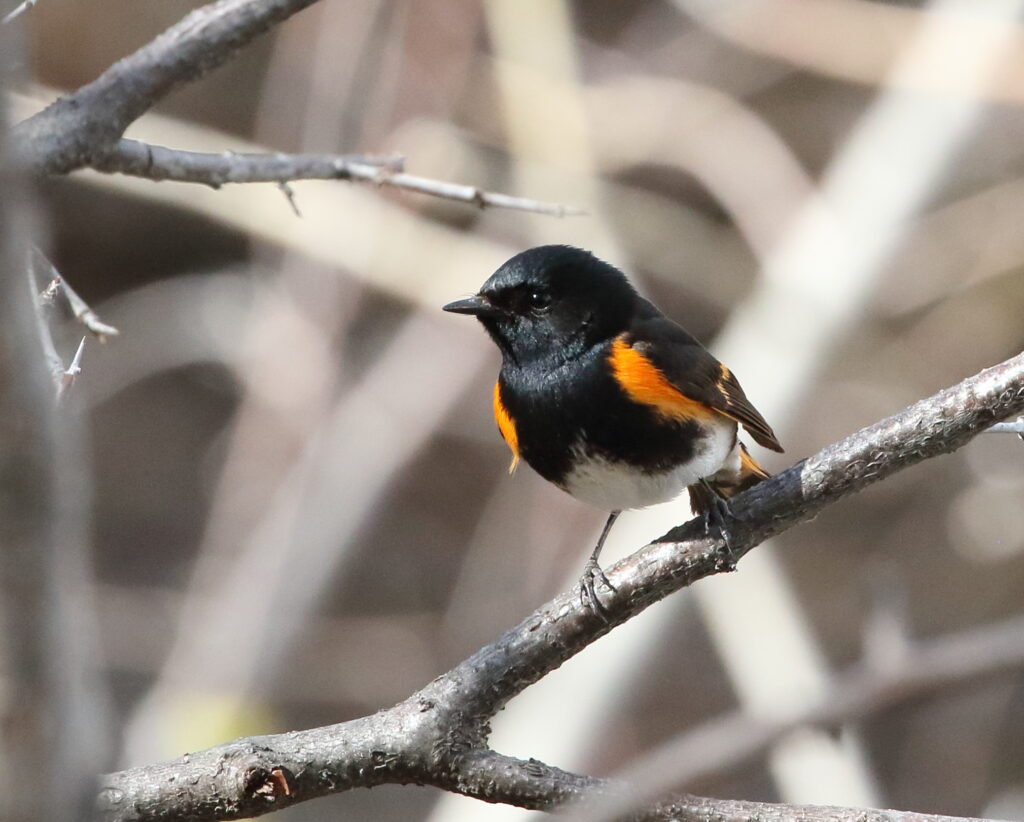
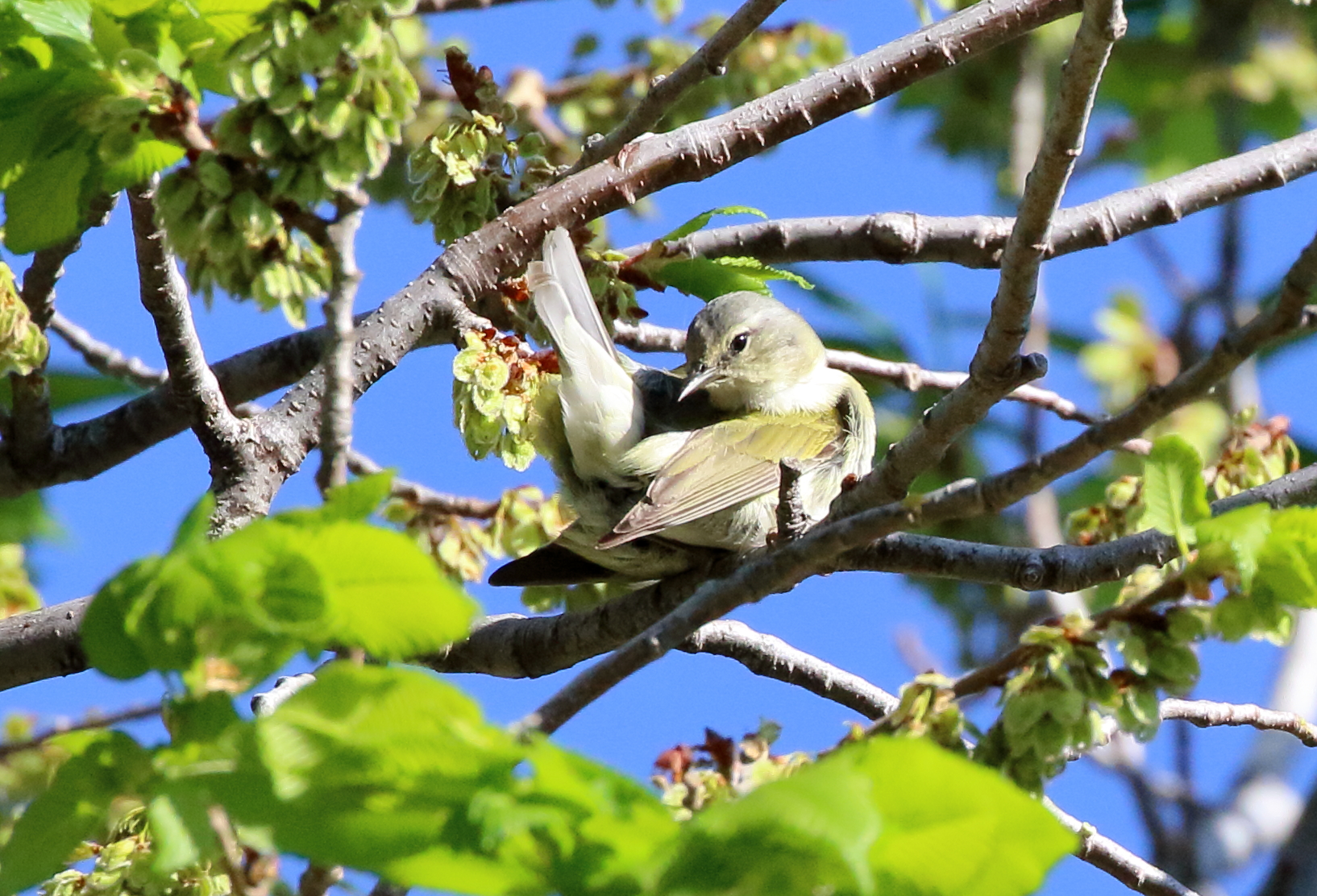
Exercise 2: Complexity in your school yard
Most schools are fortunate to have some open space around them. Send students out in teams to identify and describe habitats of different complexity around your school. How complex is the outdoor basketball court? The row of hedges along the fence? The group of trees along the front walk? While they are out there, have them make observations about any animals they found in each place? Did they observe more insects or birds in one place than another? Why do they think that was?
Exercise 3: Improving habitat for migrating birds
Identify a place in the school yard in which it would be possible to improve habitat by planting one or more plants. Make a plan to plant some local native plants in this area to improve the spot for insects and birds. Planning questions should include:
- Will planting things in this spot interfere with any other school activities or get in the way of people moving from one place to another?
- Where can we find a list of plants that might work best in our area? (Hint: start by looking at Audubon’s native site database. Local nurseries may also specialize in native plants)
- How can we make sure our plants get watered—even during summer when we are not here? Can we add a drip line to the school’s automatic watering system? Should we maybe pick plants that don’t need as much water—or that will get watered by the sprinklers already in place?
- In the location we chose how much sun and shade will the plants receive? Which plants could we choose to match the conditions of the site?
- How will we make sure the site gets weeded so that our plants don’t get crowded out?
- How will we determine if our project is successful?
Hint: Pick a very modest project to begin. Planting two or three shrubs that attract insects or migrating birds would be a great way to start!
Have fun making your planet a little better place!
Sneed B. Collard III is the author of more than 85 children’s books including his newest titles Waiting for a Warbler, Beaver and Otter Get Along . . . Sort of, and Little Killers: the Ferocious Lives of Puny Predators. He is a popular speaker and has visited schools in 45 states and five foreign countries. Find Sneed at the following sites:
- Website: www.sneedbcollardiii.com
- Blog site: www.fathersonbirding.com
- Instagram: https://www.instagram.com/sneedcollard
- Facebook: https://www.facebook.com/SneedBCollardIII
- YouTube: https://studio.youtube.com/channel/UC0ZcdtTRoiWoYSlFryAu7rg/videos
- Twitter: https://twitter.com/sneedcollard


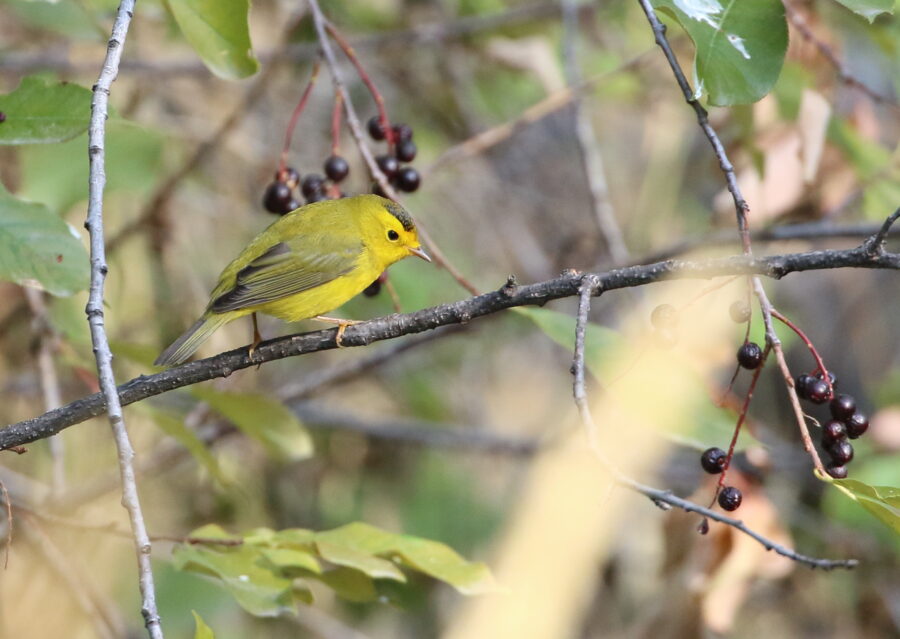
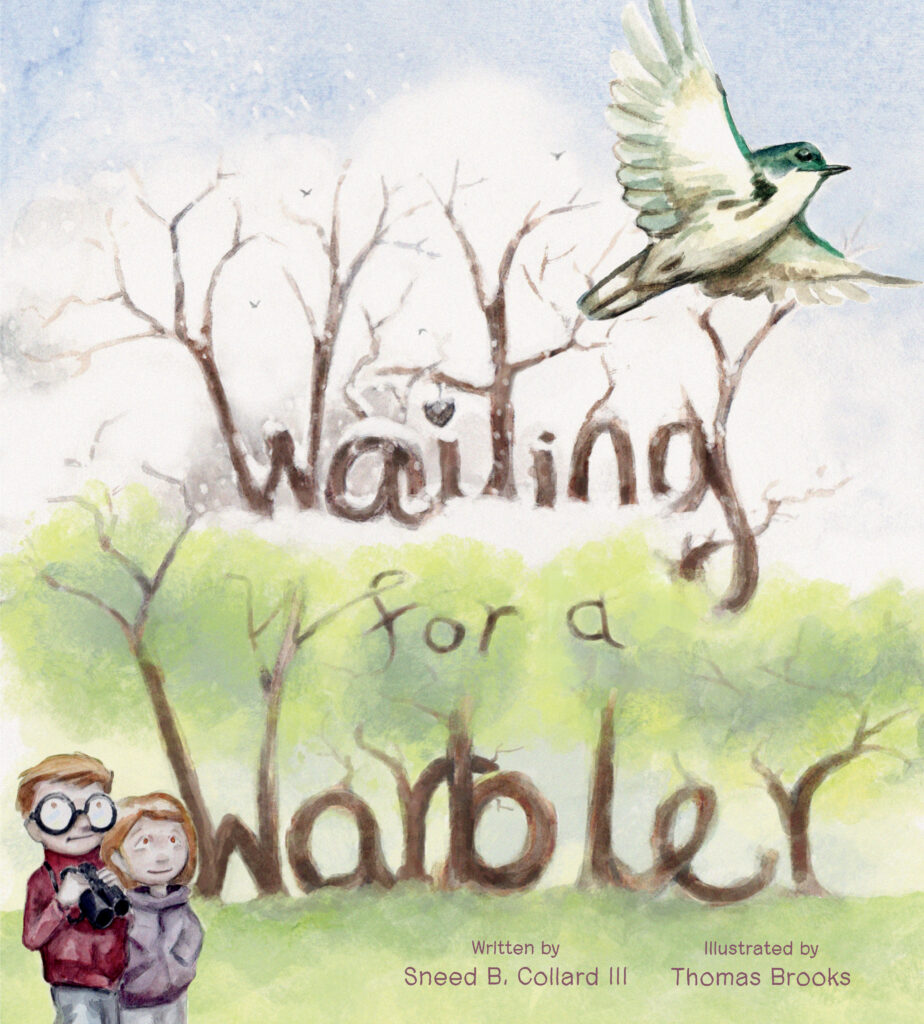


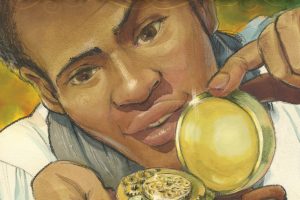
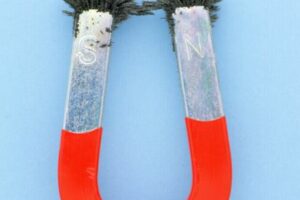


Leave a Reply
Your email is safe with me.